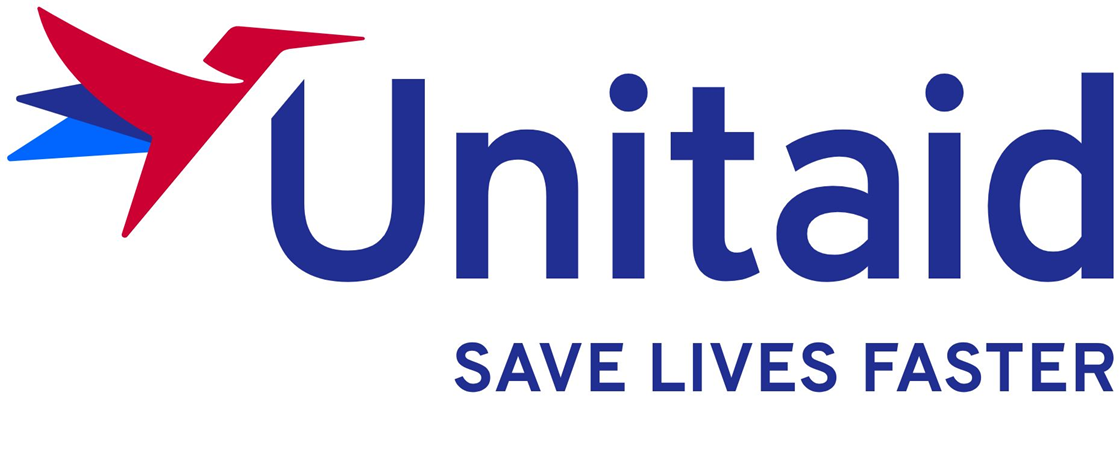When a 50-year drought without a single new tuberculosis drug ended in 2012 with the approval of two new medicines, delamanid and bedaquiline, the tuberculosis community was poised for fast improvements to multidrug resistant (MDR) tuberculosis care and cure rates. Yet, 5 years later, the new medications are still not used widely enough in the areas most affected by MDR tuberculosis. Will recent evidence of their safety and effectiveness finally tip the scale and substantially improve MDR tuberculosis care?
In 2016 alone, there were 600,000 new cases of the multidrug resistant (MDR) forms of tuberculosis. Only 54% of them were cured using older, challenging-to-take conventional treatments that have devastating side-effects (including psychosis, renal and liver damage, nausea, or permanent deafness) and can require over 14,000 pills and injections for up to 2 years. The potential for quicker, less toxic, and more effective treatments have made many in the tuberculosis community impatient to see new drugs like delamanid and bedaquiline used on a wide scale as fast as possible.
Yet the road to new and effective medical treatments is long. In low-income and middle-income countries (LMICs), where 95% of tuberculosis-related deaths occur, uptake of the new drugs has been slow. This is partly due to clinicians’ hesitancy to use the new medications, usually rooted in outdated or very conservative WHO and national tuberculosis guidelines, as well as administrative hurdles related to drug registration and importation. Unresolved questions also demand clinical research that few low-resource health systems have the money or capacity to answer: how safe and effective are delamanid and bedaquiline compared to older regimens, especially in specific subgroups like those with HIV or children?
Read the full article in Lancet Global Health.




